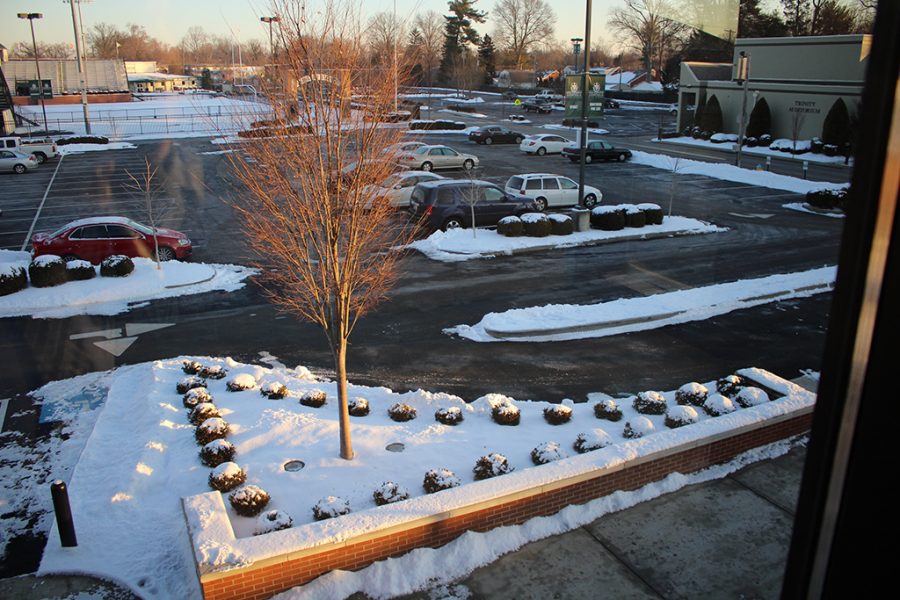Fourteen-year-old Anais Fournier died of a heart attack Dec. 23, 2011. The cause: a combination of two Monster Energy drinks and a fairly common heart condition not normally fatal. Monster Energy is popular among today’s teenagers, targeting a market age from 13 to mid 20s. The soda flavor and extreme amounts of caffeine are seen as appealing to younger people, going down easy and giving a massive kick of energy. But are these drinks safe? As displayed on the can, Monster Energy includes many vitamins and naturally occurring minerals, which in moderation can be healthy. However, Fournier and five other victims have recently proven that too much of a good thing can kill you. Monster Energy drinks contain 240 milligrams of caffeine. The average cup of tea or coffee has between 60 and 65 milligrams of caffeine. Caffeine is a stimulant; this means it raises the heart rate and blood pressure. In moderate doses this side effect can be healthy to a person’s energy levels. However, the high doses of caffeine in most energy drinks, some of which include up to 500 milligrams per can, can cause the heartbeat to become too sporadic. This dangerous side effect, coupled with even a mild pre-existing heart condition like Fournier had, can lead to some deadly results. Monster Energy and similar drinks market themselves to the world’s youth — incorporating rappers, pop singers, extreme athletes, beautiful women and basically everything concerning pop culture in their commercials. “I used to drink them because I thought they made me look cool,” Trinity sophomore David Bunnell said. With their ads and commercials, it’s no wonder many teenagers are drawn to the drinks. The promise of energy and a “cool” look is tempting to this age group. It is also this age group that is most vulnerable to the dangers of the drinks. The caffeine content does not change based on the body size of the drinker. Donna Giovenco, a registered dietitian and personal trainer at Baptist East Milestone, said, “The larger the person, the less of an effect the drink will have. For example, a 90-pound cheerleader will feel more of an effect than a larger football player.” In addition to teenagers drinking the product, it is no secret that some of today’s youth mix the drinks with alcohol, resulting in a drink that mixes “conflicting drugs, alcohol and caffeine,” according to Giovenco. The mixture of the two conflicting drugs results in the body being able to stay up longer to consume more of each — the caffeine handicapping the alcohol’s ability to knock out a person and the alcohol’s tempting qualities urging the drinker to consume more, leading to possibly lethal doses of both drugs in a younger person’s body. There are safe alternatives to energy drinks, though. “All I drink is Lipton tea,” senior Daniel Whitehead said. “It’s got just a little bit of caffeine.” With a safe amount of caffeine in drinks that are readily available, such as coffee and tea, the need for energy drinks is non-existent. Giovenco summed up her stand on energy drinks: “They don’t have a place in anybody’s diet.”
Categories:
Energy drinks — what pumps you up, can lay you out
December 5, 2012
0



